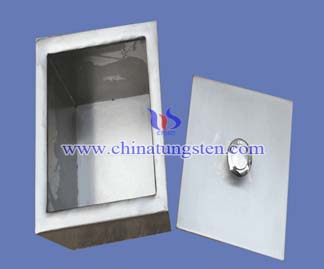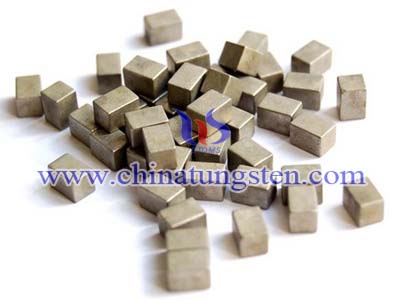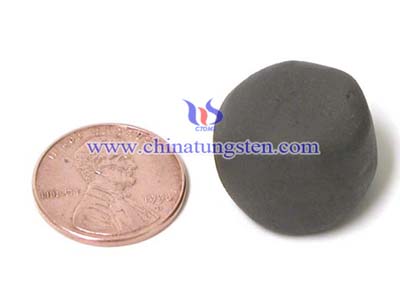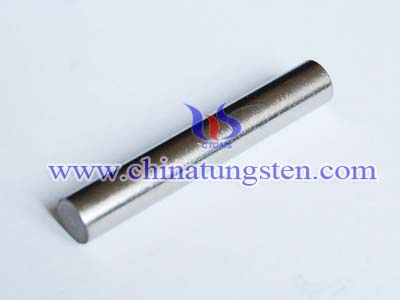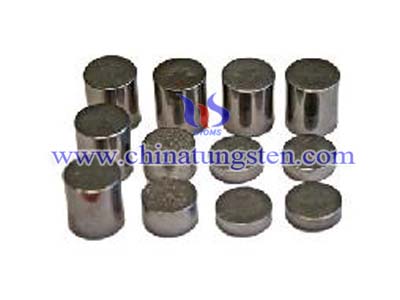Tungsten Alloy Medical Radiation Shielding
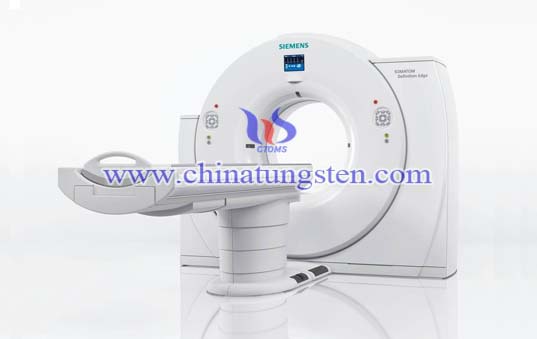
Tungsten alloy is ideal for shielding against X-rays and gamma radiation. The very high density of tungsten alloy shielding (more than 60% denser than lead) allows a reduction in the physical size of shielding components, without compromising their rigidity or the effectiveness of the shielding characteristics.
Tungsten alloy shielding is used in applications such as collimator, nuclear shielding, beams top, PET syringe shield, vial shield, isotope container, FDG container, multi leaf collimator etc.
As medical science developing so repaid, there is more and more radiation in our life, which has become a new trouble, such as X-ray radiation, gamma radiation (energetic electromagnetic radiation), radiation of alpha particles (helium atoms) beta particles (electrons) and cosmic radiation, etc. In order to protect patients and other people safe from harmful effects of ionizing radiation, such as breast cancer, skin cancer, etc. One type of excellent radiation-absorbing medium is needed.Tungsten alloy radiation shielding is the best choice for you to buy.
Positron Emission Tomography (PET)
Positron emission tomography (PET) is one of the nuclear medicine techniques available for diagnosis. Whilst X-rays provide information on the structure of the body, PET shows the chemical function of a particular organism. PET involves the injection of FDG (a glucose-based radionuclide) from a shielded syringe into the patient. As the FDG travels through the patient's body it emits gamma radiation which is detected by a gamma camera, from which the chemical activity within cells and organs can be seen. Any abnormal chemical activity may be a sign that tumors are present.
PET scans made by tungsten alloy shielding are frequently used to detect cancerous tumors and diseases of the brain and coronary arteries.Multi leaf collimator Radiotherapy destroys cancer by directing beams of radiation directly onto the tumor. The beams of radiation require a very fine focus to avoid harming the surrounding healthy tissue. This focus is achieved by using a multi-leaf collimator, consisting of two rows of very thin tungsten alloy plates, which can be configured to exactly match the dimensions of the tumor.

